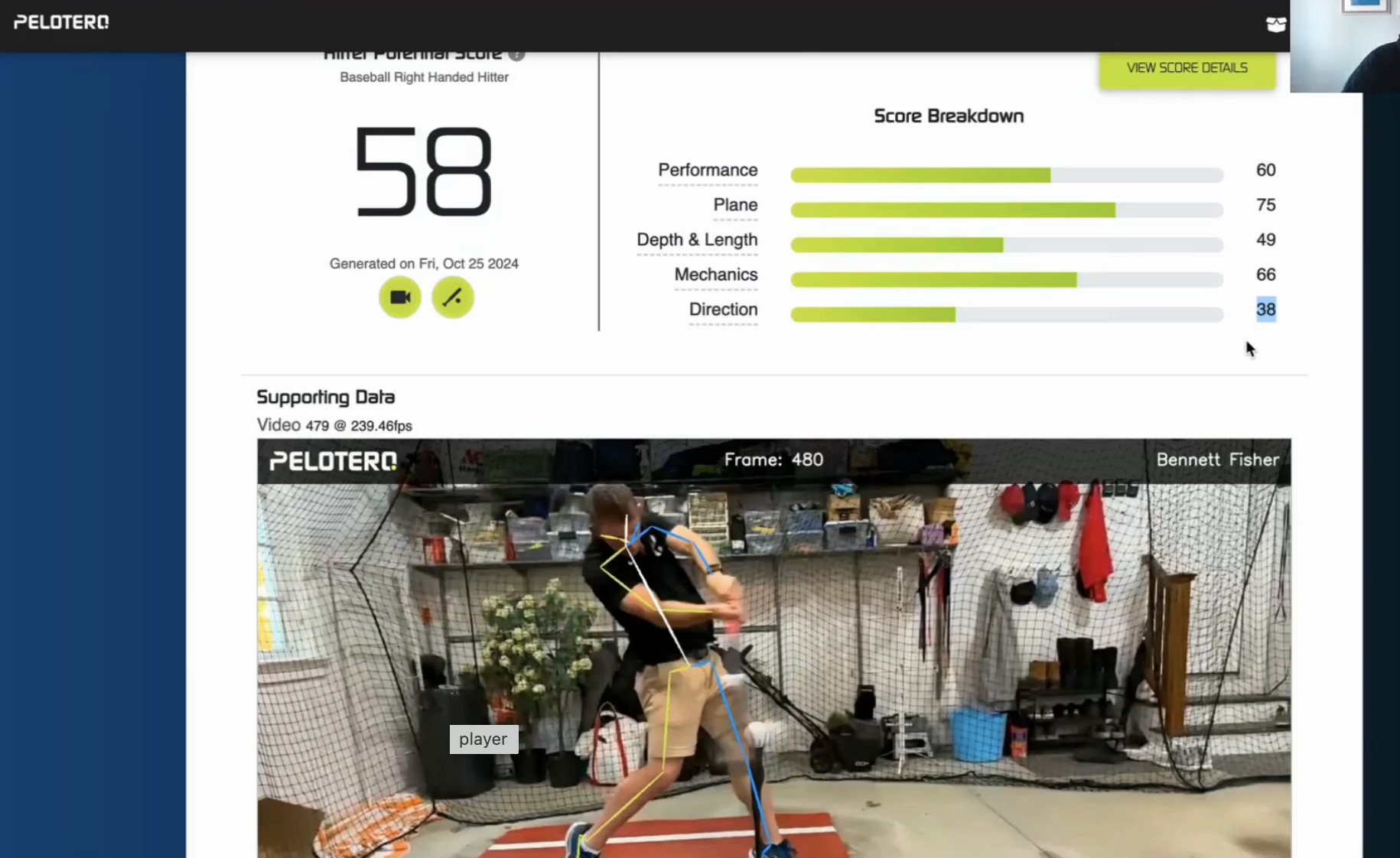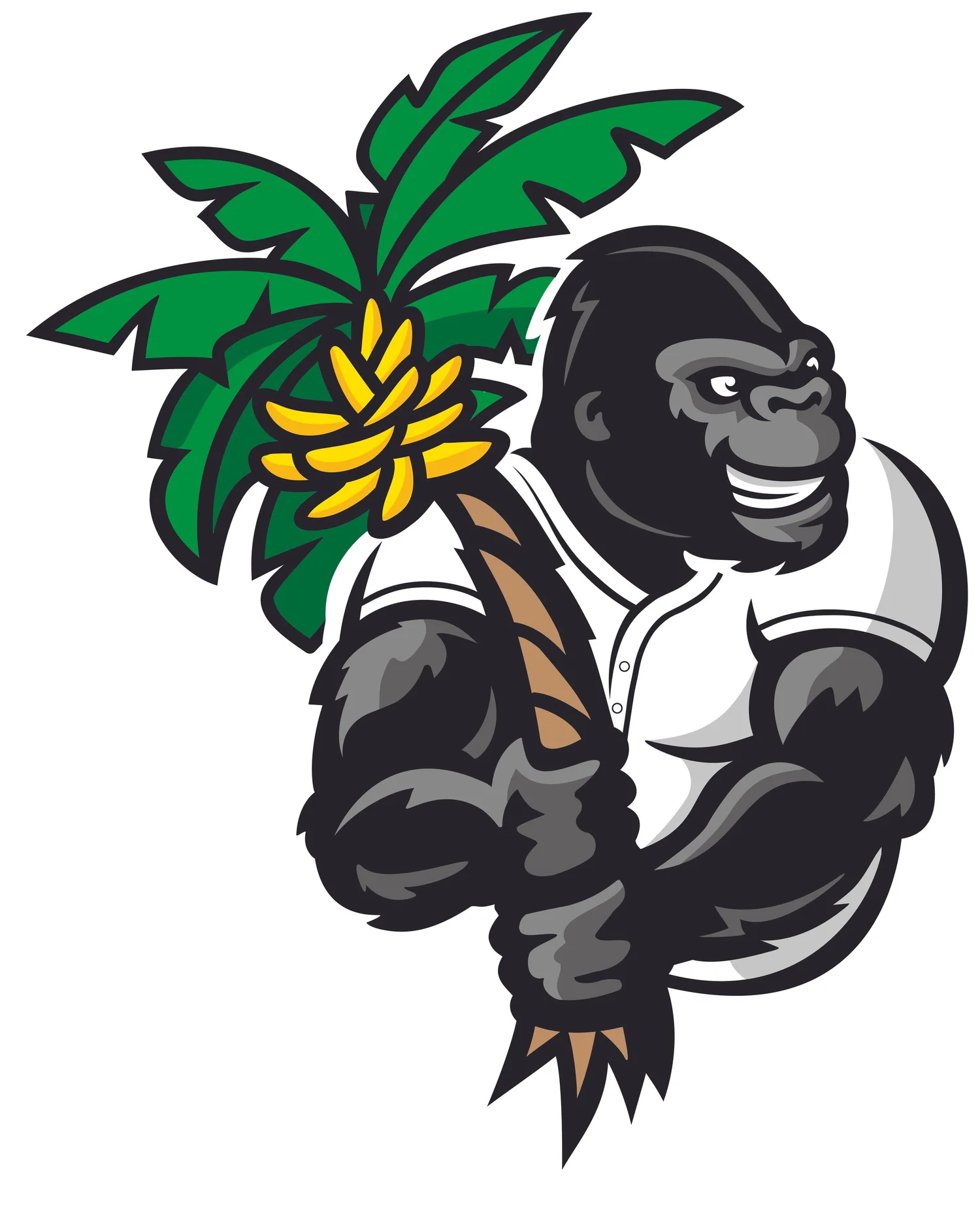



An Open Letter to the Aspiring Elite Ballplayer
Welcome to the challenge of becoming “elite”. You’re now entering a world where your
everyday life will be different than most. Before you embark on this journey, you’ll need to
understand what it takes, what you’re giving up and what you stand to gain.

